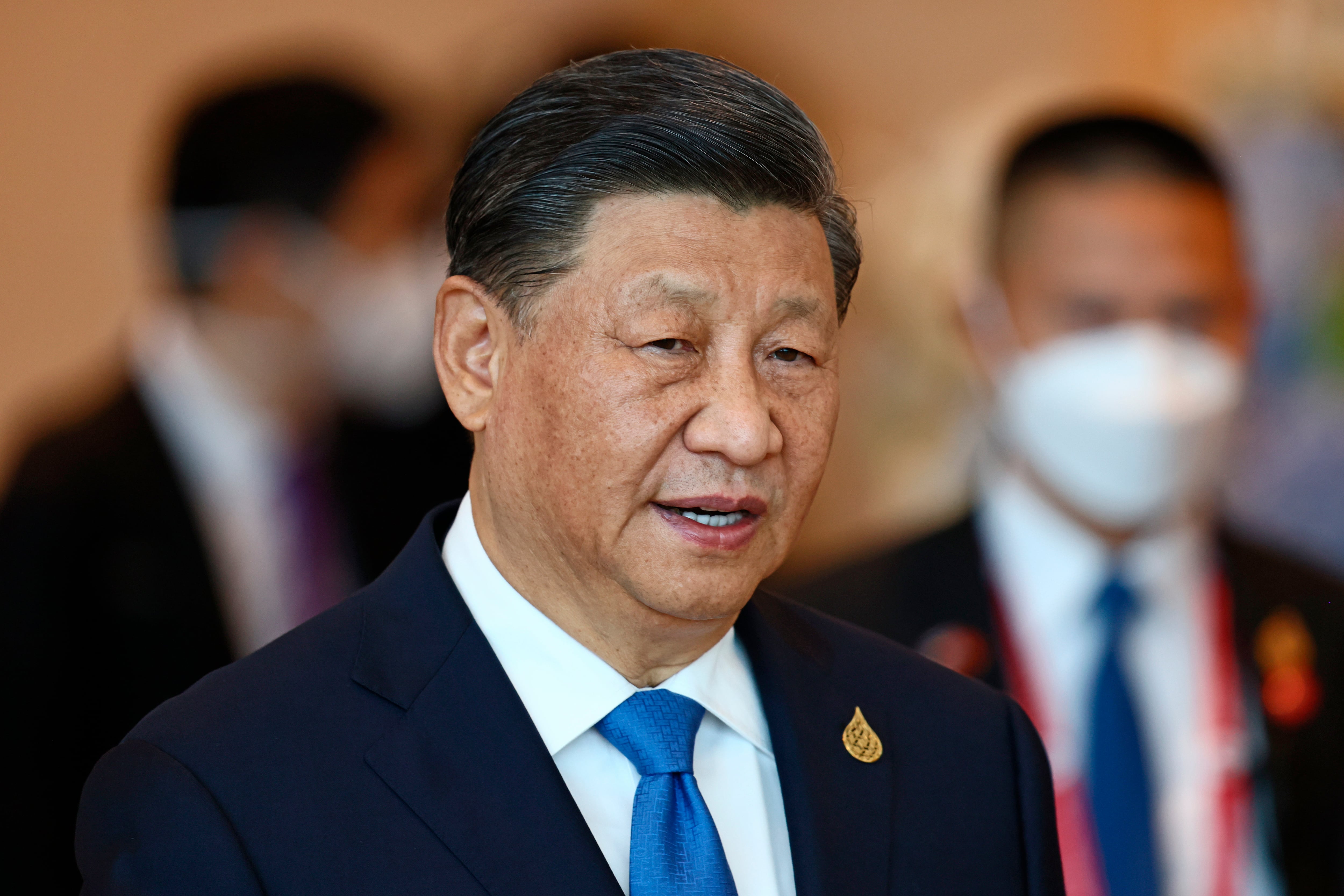As soldiers look for the next conflict to define their service in a post-Global War on Terrorism era, much of the conversation indicates a belief that direct or proxy war with China is right around the corner. However, assessing the likelihood of armed conflict requires a deep investigation using proven methods that stimulate critical thinking devoid of biases and pitfalls.
In the intelligence community, structured analytical techniques provide order when navigating elusive questions such as assessing future conflict. One such technique, red team analysis, uses an enemy-based approach as a logical starting point for analysts disseminating intelligence to military customers.
Using this approach allows analysts to view topics from an adversary’s perspective and act on foreign stimuli through assessing personal, cultural, and organizational attributes. Stepping into the first-person perspective of Chinese President Xi indicates that he respects the ancient civilization from which China evolved and harbors a lifelong disdain for Western imperialism and influence.
Born in 1953, President Xi grew up in the immediate aftermath of the “century of humiliation,” now defined by century-long objectives of achieving previously held international dominance by the year 2049. Commonly known as the “Chinese Dream,” this pursuit of rejuvenation is marked by five-year plans that outline short-term goals.
The recent five-year plan (2016-20), for example, broadcasted innovation in technology and energy startup companies, according to a 2017 article published in the Journal of Counterterrorism & Homeland Security International. Modern economic, military, and political competition of the United States exasperate the five-year plans and long-term objectives of global supremacy that are overarching cultural and organizational themes of President Xi’s generation.
Red team analysis indicates that China will not interrupt century-long goals to engage in kinetic conflict, explaining why China relies on routine hybrid warfare strategies and tactics. In 2023, despite red team analysis outputs, the director of the Central Intelligence Agency communicated that the intelligence community had valuable information related to Chinese intent to invade Taiwan by 2027.
President Xi did not deny this assertion, however, citing he had no set timeline for invading Taiwan. Red team analysis presents a doubtful outlook of armed conflict in the near future despite conflicting CIA intelligence.
It is difficult to overstate the utility of red team analysis when assessing the actions of adversaries. Oftentimes, analysts can succumb to the pitfall of assigning the same values, motives, and attributes of friendly actors to foreign entities. If analysts were to implement this analytical failure to the outlined scenario, outputs would have overlooked the historical context, long-term objectives, and overarching strategies that form President Xi’s mindset surrounding U.S. relations and emerging war.
For instance, views from within the U.S. fail to recognize vast advancements in personal freedoms afforded to Chinese citizens over the past few decades. (Like much of the rest of the world, COVID-19 restrictions prompted a decrease in personal freedoms that were trending upward in the 2010s.)
By applying personal, cultural, and organizational norms to the scenario, analysts reason that while red team analysis leads one to think armed conflict is likely before or at the end of the century of China’s redemption plan, a few years is too short of a time frame for China to soundly invade Taiwan because the country would have to put aside economic progress.
This factor is especially important considering that China does not need to engage in kinetic operations to successfully degrade the U.S. economy. This assessment, however, merely represents the most likely course of action.
Red team analysis does not deduce every course of action an adversary can take. However, a crucial aspect of red team analysis commonly used in the Department of Defense is deciphering an enemy’s most likely action versus one considered most dangerous.
These distinct courses of action allow customers to plan for both the most expected and most disastrous outcomes of assessed scenarios. Within the context of armed conflict in the South China Sea, commanders of U.S. Indo-Pacific Command must understand each course of action to best posture troop positioning and inform engagements with lawmakers and regional partners.
Certainly, red team analysis points out that conflict is unlikely as an immediate response, but the U.S. must prepare for full-scale war as a worst case, most deadly possibility. While this preparation should be taken seriously by all soldiers, it is by no means an indication of inevitable conflict.
Jacob T. Scheidemann is a transitioning Army officer and intelligence management graduate student who will be working as an all-source intelligence analyst upon release from active-duty. Scheidemann previously served in intelligence leadership roles supporting INDOPACOM and CENTCOM.





